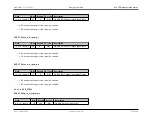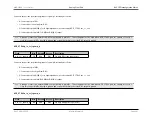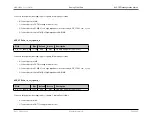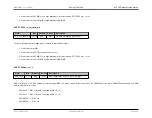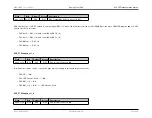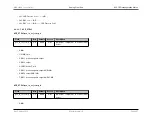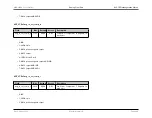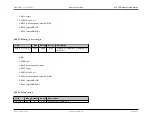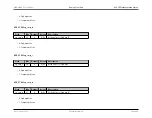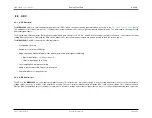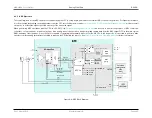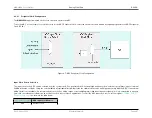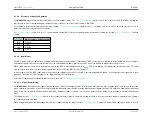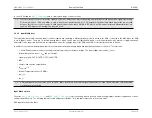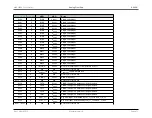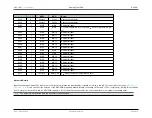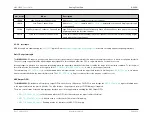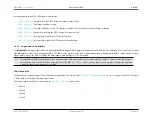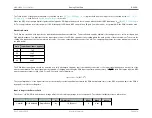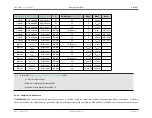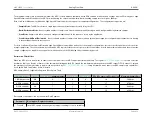
MAX32600 User’s Guide
Analog Front End
8.3 ADC
8.3
ADC
8.3.1
ADC Overview
The
MAX32600
features a 16-bit analog-to-digital converter (ADC) with a 16-channel analog input multiplexer as shown in the
below.
This multiplexer selects input from any one of 16 input lines in single-ended mode or two of eight input pairs in differential mode. The differential mode supports fully
differential signal inputs.
The Programmable Gain Amplifier (PGA) allows programmable gain settings of 1X, 2X, 4X, and 8X before the input sample is converted. It also relaxes the input
settling time requirements. Optionally, the PGA can be bypassed so that the multiplexer outputs are passed directly to the ADC to save power.
The
MAX32600
16-bit ADC supports the following features:
• Configurable clock rate
• Sample rate control up to 500ksps
• Single-ended and differential input modes with unipolar and bipolar signal conditioning
–
Bipolar input ranges (
±
V
REF
,
±
V
REF
/2)
–
Unipolar input range (0 to V
REF
)
• Over-sampling and decimation filtering
• Ability to synchronize to DAC waveform generation
• Programmable out of range detection
8.3.2
ADC Architecture
The ADC on the
MAX32600
is a cyclic analog-to-digital converter. This architecture - sometimes referred to as a recycling architecture - does not alter the reference
voltage; rather, any error or residue of the amplifier is doubled. There are certain similarities with a Pipeline ADC: each cycle calculates 1-bit. However, unlike a
Pipeline ADC, the amplified value of the input is summed to a reference voltage and residue voltage from this process is further amplified during each successive
Rev.1.3 April 2015
Maxim Integrated
Page 403
Содержание MAX32600
Страница 1: ...MAX32600 User s Guide April 2015...

